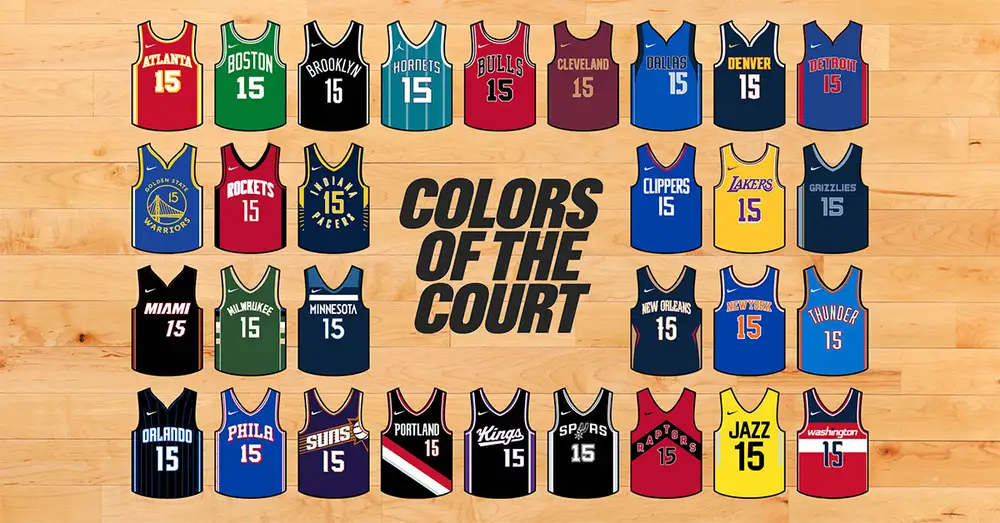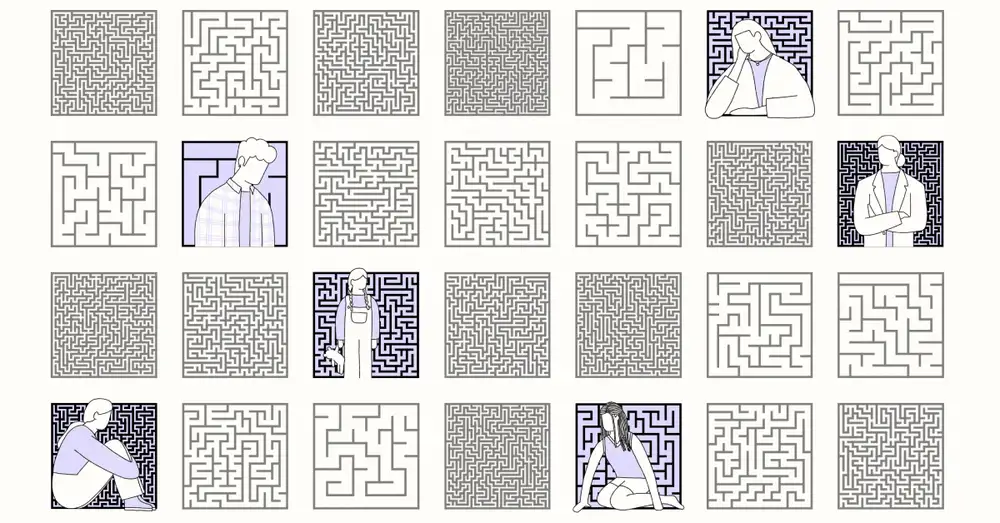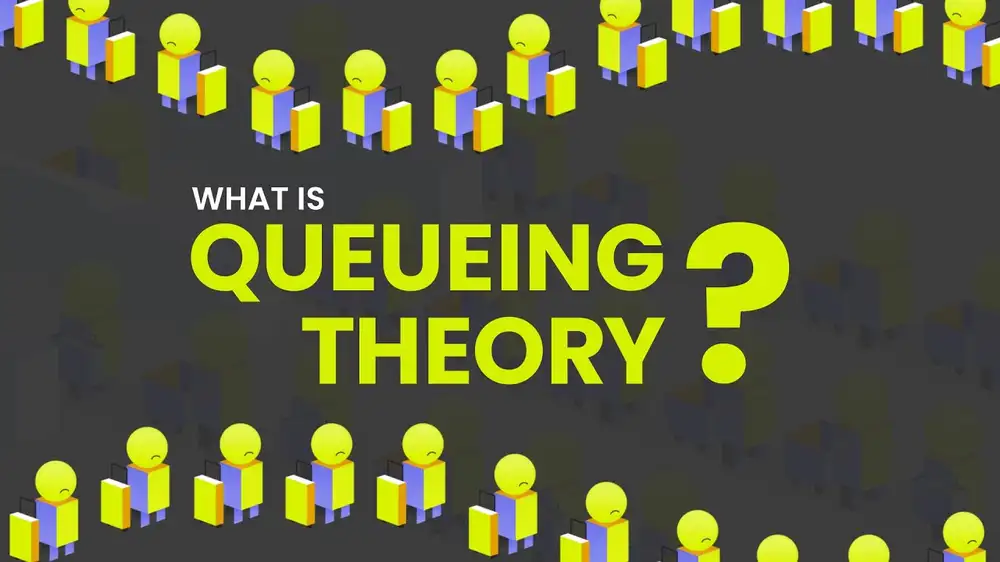In 2017 Nike took over the contract to produce NBA jerseys and ushered in the most extreme overhaul of aesthetic standards yet. The white-at-home standard was officially eliminated; teams were now free to wear the color of their choosing. In fact, the very notion of a “home” or “away” jersey was eliminated, with Nike now classifying each team’s wardrobe into four “editions”. Here’s what they look like for your local team, the .
Gradually, the aesthetic traditions of pro basketball have shifted. It began quietly in the 1990s. Beyond that decade’s general aesthetic hallmarks, teams like Chicago and Charlotte rolled out alternate third jerseys in a different team color, while Milwaukee, Houston, and Atlanta brought oversized logos to their jersey chests.
With Adidas in charge of kitting out NBA players, the 2000s and 2010s brought us even more alternate jerseys, with more far-out designs and even sleeves. It’s an era perhaps most infamously defined by the Cleveland Cavaliers winning the epic 2016 Finals in a black sleeved shirt with a giant “C” front and center, looking more like a t-shirt than a jersey.
Nike’s tenure as league outfitter has reduced the raw number of jerseys teams have, but has scrambled who wears what, when — and introduced the “City Edition,” giving space for teams to dress as different teams entirely. Turning on a random NBA game can now be a disorienting experience to the casual or even the diehard fan. The viewer may ask themselves: which team is which, again? Who’s this team in black and neon green, or a brown and teal?
For decades, the basketball standard was that the home team would wear a white jersey, with only occasional exceptions for teams who wore a different light color as their preferred home (most famously, the Lakers and gold, even though they’ve abandoned this tradition). But these days, it’s quite rare to see a team wear its Association Edition jersey or any other white jerseys at home.
Including last season’s off-white City Edition jerseys for Boston and San Antonio, home teams wore white in just 327 games, or 27% of the time. You’re actually more likely to see teams wear white on the road nowadays. On average, teams wore their white Association jerseys in nearly half of their road games — 640, to be exact — but only a quarter of their home games, an inversion of the classic “home whites” concept.
The wore their Association jerseys as “home whites” in games, and wore them on the road for games.
Individual teams in the league still have some amount of leeway for how much they color outside the lines. The Chicago Bulls, for example, have remained fairly no-nonsense with their brand since the days of Michael Jordan. Not only have their core uniforms barely changed, but they keep up with a relatively classic schedule of wearing them, wearing their white Association uniforms for 68% of home games and only 10% of their away games.
By contrast, the Orlando Magic wore white at home for just two games all season, preferring instead to wear one of their many blue or black options. But their white uniforms did get play on the road — worn in nearly 60% of their road games.
We cooked up a “flair score” to measure how much each NBA team departed from the classic uniform format — the higher the score, the more often that team wore colors at home or wore white on the road. (Teams further received extra flair points for any time they busted out a City Edition uniform.) The first chart below compares to what extent each team has added “flair” to their rotation, while the second chart visualizes the increase in jersey diversity compared with 10 seasons earlier.
The most radical change in NBA aesthetics in the Nike era has been the introduction of the “City Edition” concept. Since 2017, teams have reserved their fourth jersey slot for these designs that draw inspiration not from the team’s usual colors and logo, but from other references to their home cities or states. These designs are sometimes perfect (Miami’s “Vice” series), sometimes on-the-nose (Minnesota playing Prince dressup), sometimes perplexing (Dallas in metallic gold and silver?).
These uniforms are often accompanied by a matching court update, so at least the Pelicans don’t look totally out of place in their own arena when they switch to black and neon green. While these designs were seen the most in the NBA’s In-Season Tournament (known as the Emirates NBA Cup in future years), some teams sprinkle them in their usual jersey rotation throughout the year.
The wore their City Edition jerseys in games during the 2023-24 season — the league average.
The chart below shows how often each team wore each edition. Some teams were happy to set tradition aside and wear their City jerseys quite often, as with the popular Spurs World’s Fair-inspired set or the Rockets’ “H-Town” design. Other teams, like the Cavaliers and Clippers, rolled out new City designs only to keep them in storage for most of the year.
Fan and media reviews of the City jerseys have been mixed too. SBNation ranked the Cavaliers’ 2023–24 City Edition a “A Tier (would buy without much hesitation), while the Clippers got an “F Tier (kill it with fire)” ranking.
This year SBNation ranked Toronto’s Vince Carter-inspired dino dunking jersey as the top City Edition kit, with the Celtics, Lakers, Knicks, Thunder, and Heat at the bottom. We’ll see if that has any impact on how often the teams wear team.
Either way, it seems like both the NBA and Nike have embraced a “no publicity is bad publicity” stance when it comes to jerseys. After all, having four (and sometimes 5 editions) per team gives you a lot more chances to sell jerseys and a lot more opportunities for fans to rep their favorite team. A win/win.

 The United States of Abortion Mazes
The United States of Abortion Mazes